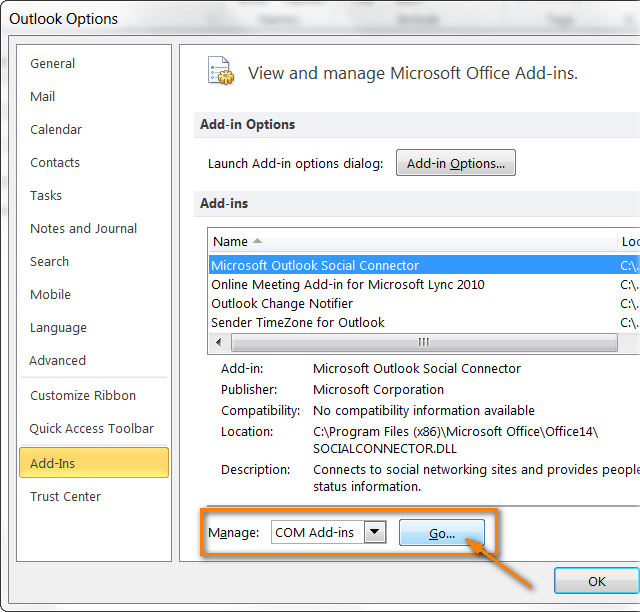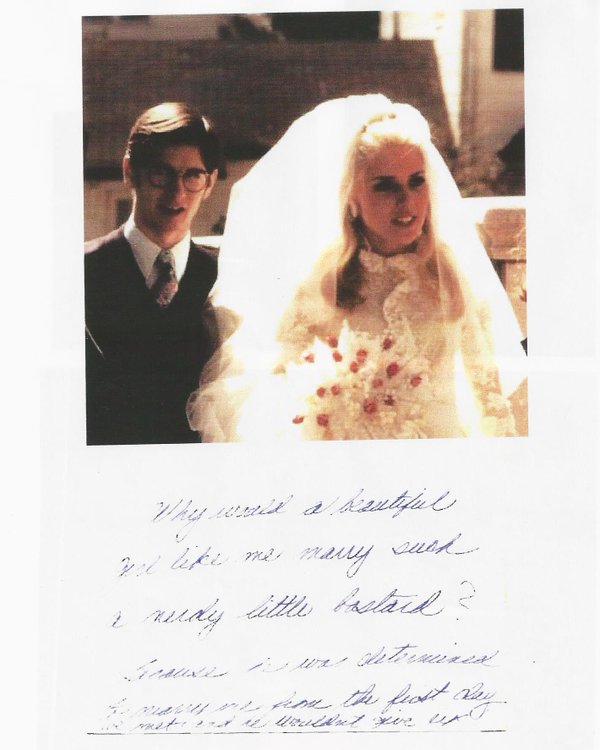Tip 70: Unread message count. Outlook 2003 (and up) gives you the option to show total number of messages in the folder in green brackets ' 9 ' and unread message count shown in blue parenthesis ' (11) '. In Outlook 2013 the design changed a bit. Both unread and total message counts are blue, with total message counts in blue brackets 1609.
Many times we want to check out the size of our Mailbox in Outlook. Outlook doesn’t only lets us check out the TotalSize of it, but we can see the Size of each Folder within it. There are two ways in order for us to check out the Size of our Mailbox and which will be described below:
- If you continue to face the issue of wrong unread messages count in Outlook, here’s a trick to resolve the issue: In Outlook, right clock on the Inbox folder which has the wrong unread items count, and choose Properties. Click the Clear Offline Items button. Then, execute a Send/Receive All Folders to sync and repopulate the Inbox.
- When you add a new Office 365 account as part of the newer Outlook 2016 Account Wizard it asks if you want to add this account to the computer or something to that effect. Along with adding the credentials to control panel Credential Manager it also adds the account to the 'Access Work or School' section as mentioned.
- Start Registry Editor. To do this, use one of the following procedures, as appropriate for your version of Windows: Windows 10, Windows 8.1, and Windows 8: Press Windows Key+R to open a Run dialog box. Type regedit.exe, and then press OK. In Registry Editor, locate and then click the following subkey: HKEYCURRENTUSER Software.
In the image below, we see the Home tab of the Outlook2016 application and at the left corner of the window we can notice the three different E-Mail Accounts that exist.
Then we select the E-MailAccount needed with our mouse and then do a right click on in order for the shortcut menu to appear as shown in the image below. Once the shortcut menu appears, we select the command DataFileProperties.
Once the Data File Properties command is selected, the Outlook Today (E-Mail Account)Propertieswindow appears as we can see in the image below. This window is separated in four different tabs, where we must make sure that the General tab is activated. Once sure, from the bottom of the window we select the command FolderSize as we can see in the image below.
Once selected the FolderSize window appears as shown below, where we just have to wait a few seconds in order for the results to be displayed. In this window we can see:

- Size (without subfolders)
Right below, we can see all the names of the folders that we have created in the E-mailAccount among with the size of each Folder.
Once we have examined the results, we press the Close button in order to return to the previous window and then OK in order to return to Outlook and take the actions needed.
The other way in order to view the size of our Mailbox is to select the File tab in order to move to backstage view. Once in backstage view, the Info tab is selected where from the right of the menu and under AccountInformation we navigate to the area MailboxSettings as shown below. At the left of the MailboxSettings area we select the command Tools and from the drop down menu that appears we select the command MailboxCleanup as shown below.

Once selected the MailboxCleanup dialog box appears as shown below, where we select the command View Mailbox Size. Once the View Mailbox Size command is selected the Outlook Today (E-Mail Account)Propertieswill appear again where we follow the same procedure as described earlier in order to view the Size of our Mailbox.
Outlook 2016 Counts Wrong Email
That is it. Once we view the Size of our Mailbox, among with the Size of Folder and Subfolders, we can decide whether we want to delete or move items, empty the deleted folder, or we can have Outlook transfer items to an archive file.

Outlook 2016 Counts Wrong Download
Below you can check out the video describing how to View the Mailbox Size in Outlook 2016.



